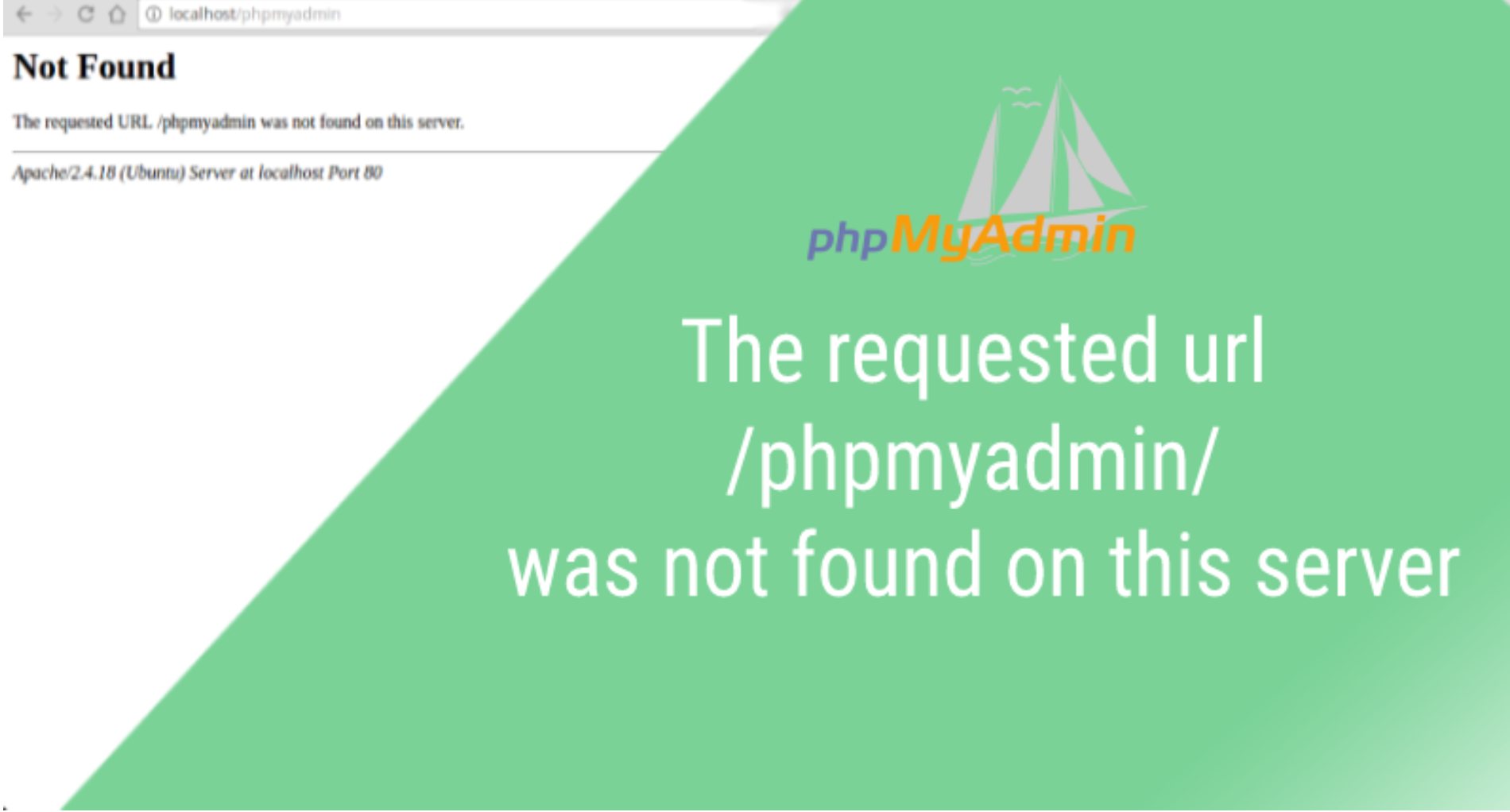
After that, it opens the phpMyAdmin interface as shown in the below image. Then, go to your favorite web browser then open followed URL Systemctl restart rvice Step 3: Access phpMyAdmin Web Interface So, we need to modify some lines to specify the IP address of your home Connection.Īfter successful modification, We will restart Apache web server. Present, this setup is configuring to deny access to any connection not being made from the server itself. So we need to modify nf, so open that file with your favorite text editor.

Once completed, the installation included on Apache Configuration file has to put into place. Once it is completed enableEPEL repository, after that we can proceed with the installation of phpMyAdmin Then, start the webserver and permit it to start upon server boot.
Centos7 phpmyadmin not found install#
Phpmyadmin is not available in the CentOS repository, So, we will install and enable the EPEL repository. Let’s have a look at what all are they?įirst, we go to the phpMyAdmin Installation, we should install LAMP stack on your server If you want LAMP installation below go with below URL: There are a few requirements that we have to ensure before heading to install phpMyAdmin in our systems. Also, to offer the ability to accomplish administrative tasks such as creating, editing, or deleting databases and managing users and permissions.

This is the free and open-source web-based application written in pHp. PhpMyAdmin is one of the most used open-source application for managing MySQL database. Today, let’s check more about phpMyAdmin and how it’s going to help us out. But, in IT administration sector, we are blessed with a lot of tools that can ease out the daunting hassles, phpMyAdmin is one of that kind.

Administration is a process packed with twists and turns, without proper knowledge and experience, it will be more complicated.


 0 kommentar(er)
0 kommentar(er)
